Hy Mariampolski
A Postcard History of the Hippodrome
Conceived by Frederick Thompson and Elmer Dundy, creators of the Luna Park amusement area at Coney Island, and constructed in 1905, the Hippodrome Theatre for a time was the largest and most successful theater in New York.
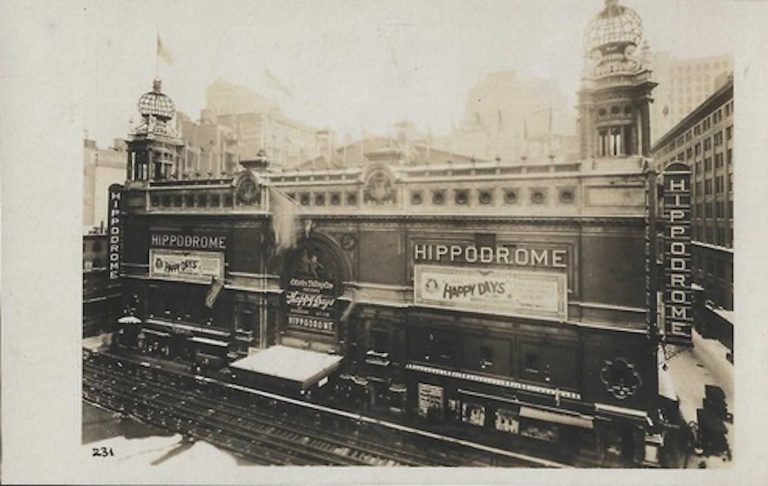
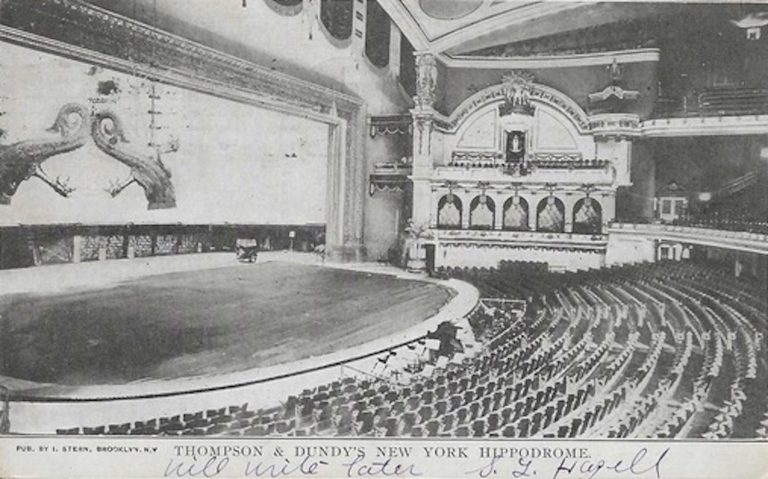
A dozen times larger than any other Broadway stage of the period, the Hippodrome was made for circuses, spectacles and musical extravaganzas that combined animals, choruses of up to 500 performers and water performances. The Hippodrome glass tank had a maximum depth of 17 feet and a capacity of 960,000 gallons that could be raised to the stage by hydraulic pistons for swimming-and-diving shows.
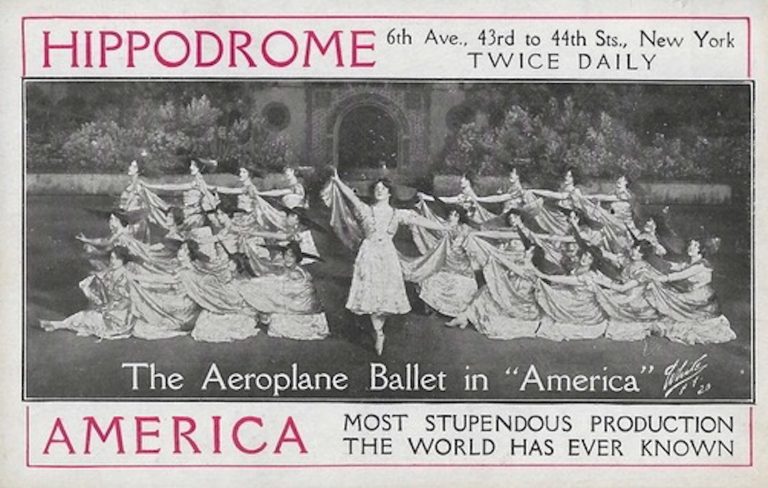
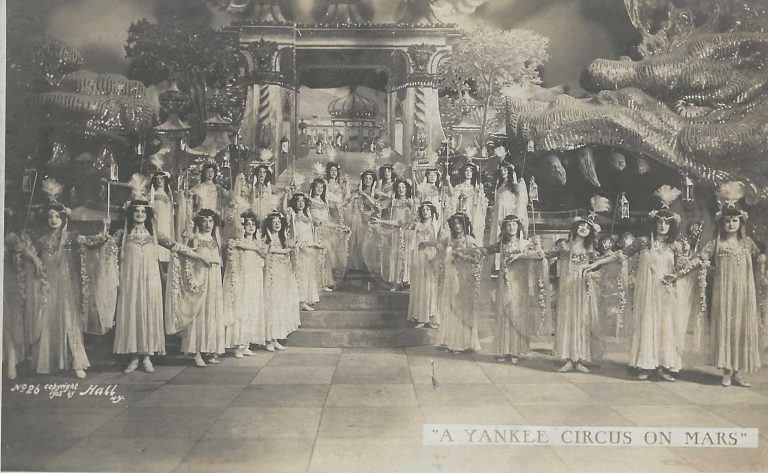
It claimed to be the largest theater in the world, seating 5,697 persons. The stage was 110 feet deep and 200 feet wide. Magical illusionist Harry Houdini made an elephant disappear on its stage in 1918. Frank Silver the composer of the popular song “Yes, We Have No Bananas” located his autograph card at the massive entryway of the Hippodrome.
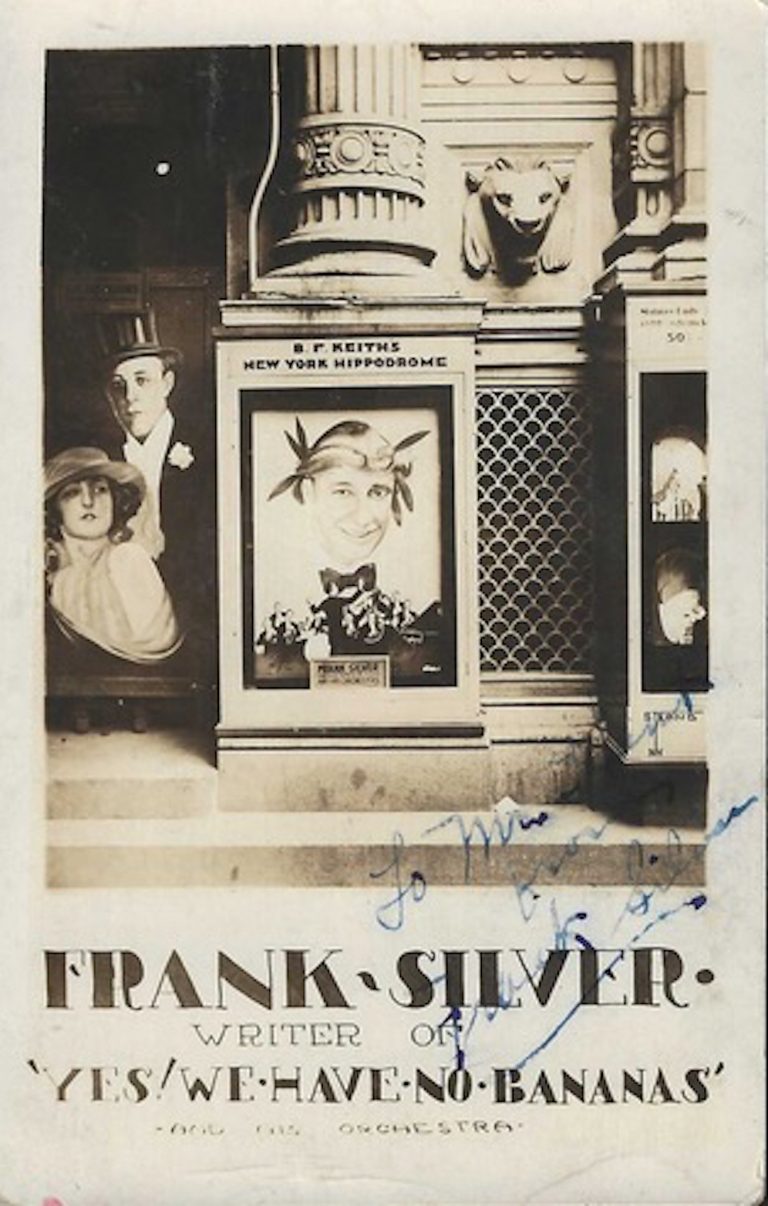
Postcards made of the venue and its performances constitute a catalog of what made early 20th century crowds gasp with excitement. Starting with depictions of the theater’s indoor space and façade, many on “novelty cards,” the Hippodrome was meant to startle and impress. Its Moorish Revival and Byzantine features suggested the palace of a pasha or potentate, not just an outpost for common people.
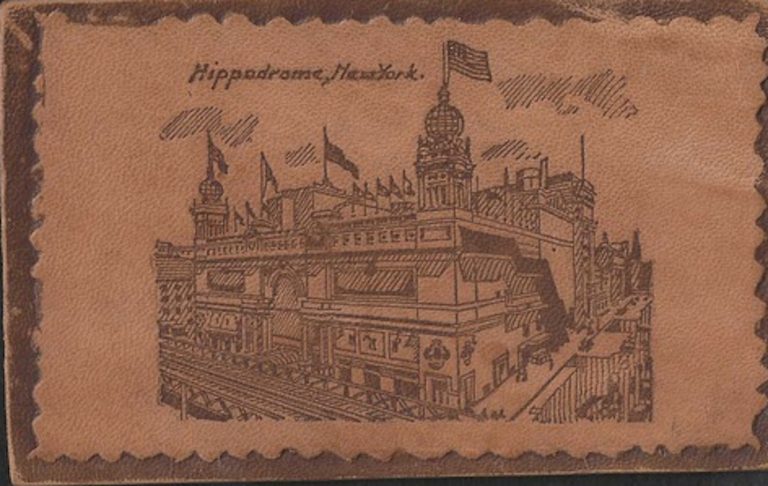
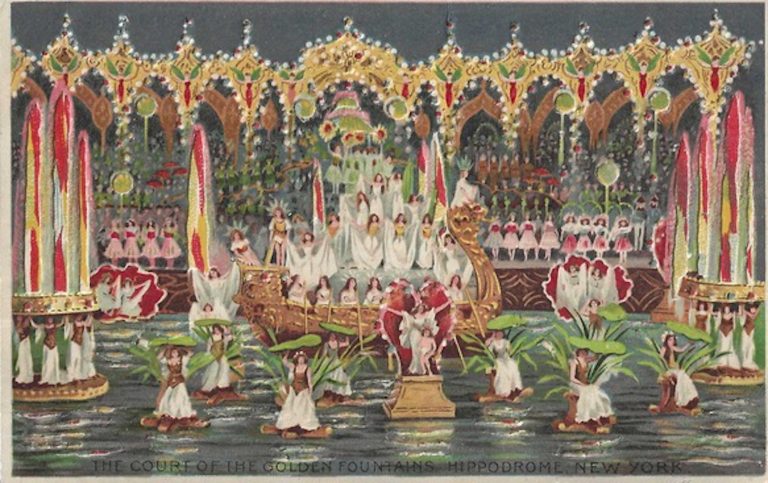
Among the most popular animal acts appearing when the Hippodrome opened was the female lion tamer Claire Heliot. The German performer was injured by one of her charges in 1907 and was forced out of her career.
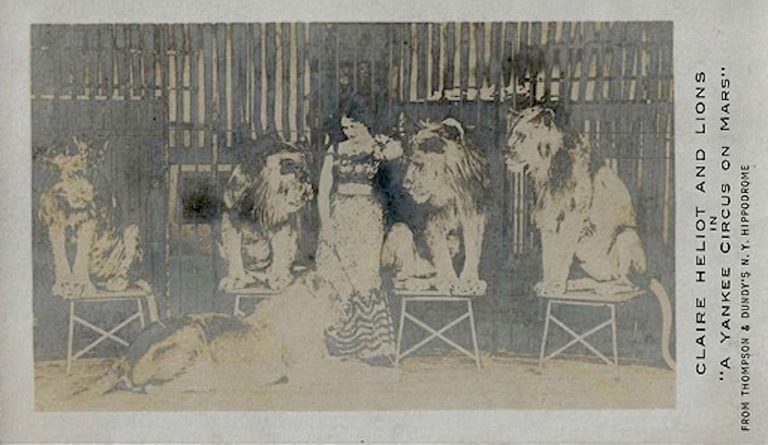
The scale of its lavish stage created huge operating costs and eventually its size had to be reduced by a series of successive owners. Nevertheless, as popular tastes shifted away from the Edwardian Era spectacles, the Hippodrome tried but failed to keep its audiences with plays, operas, vaudeville, movies, and even sports events.
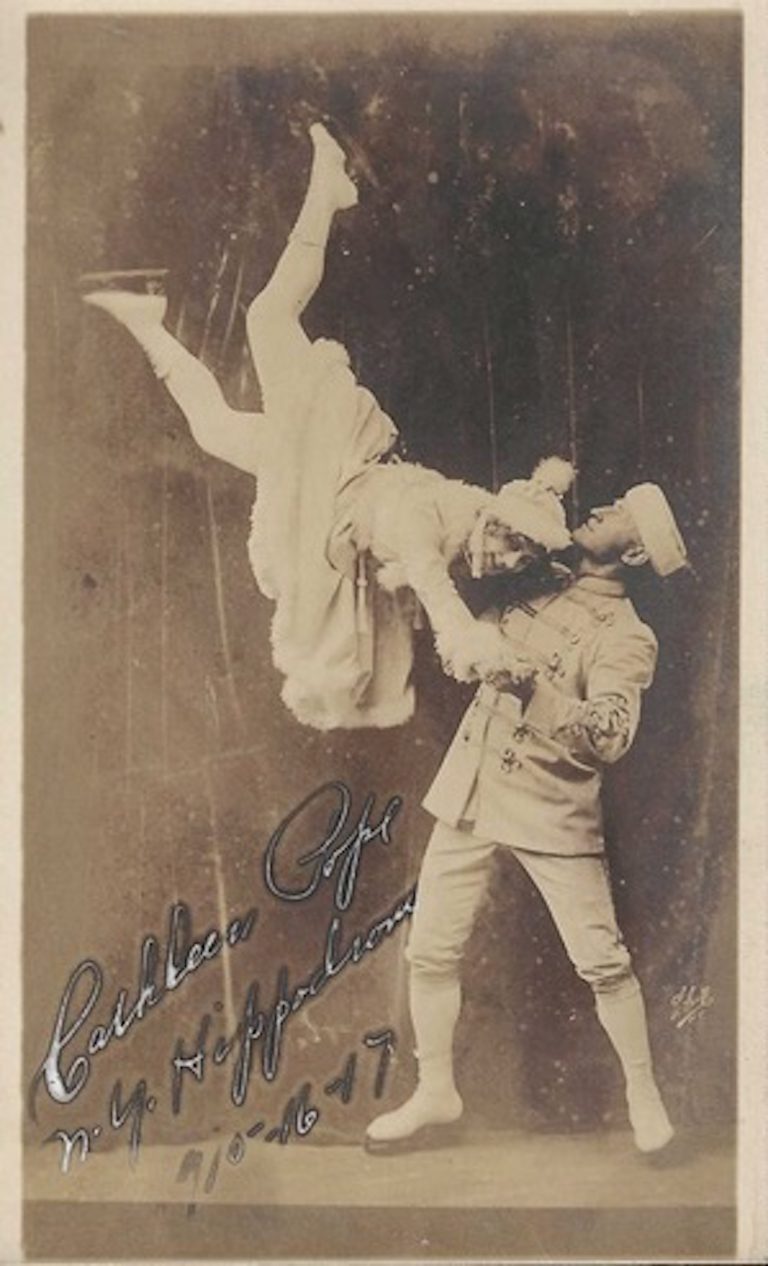
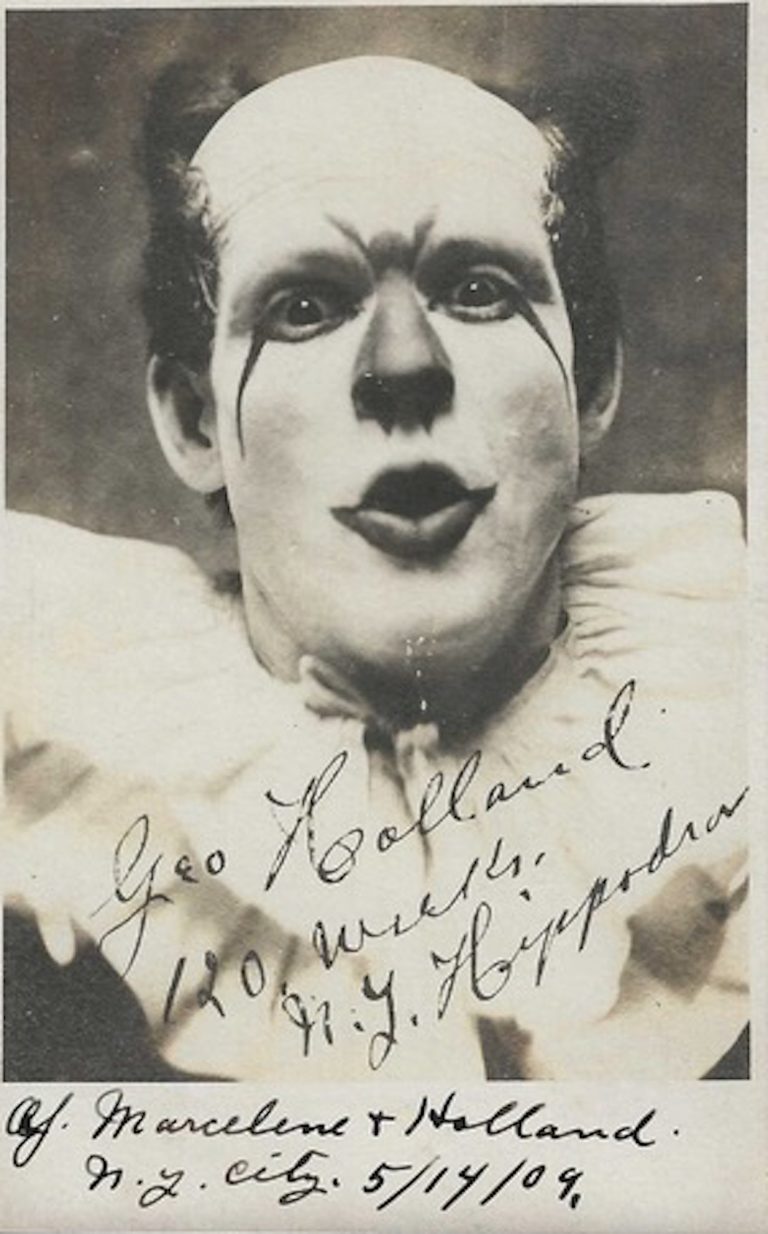
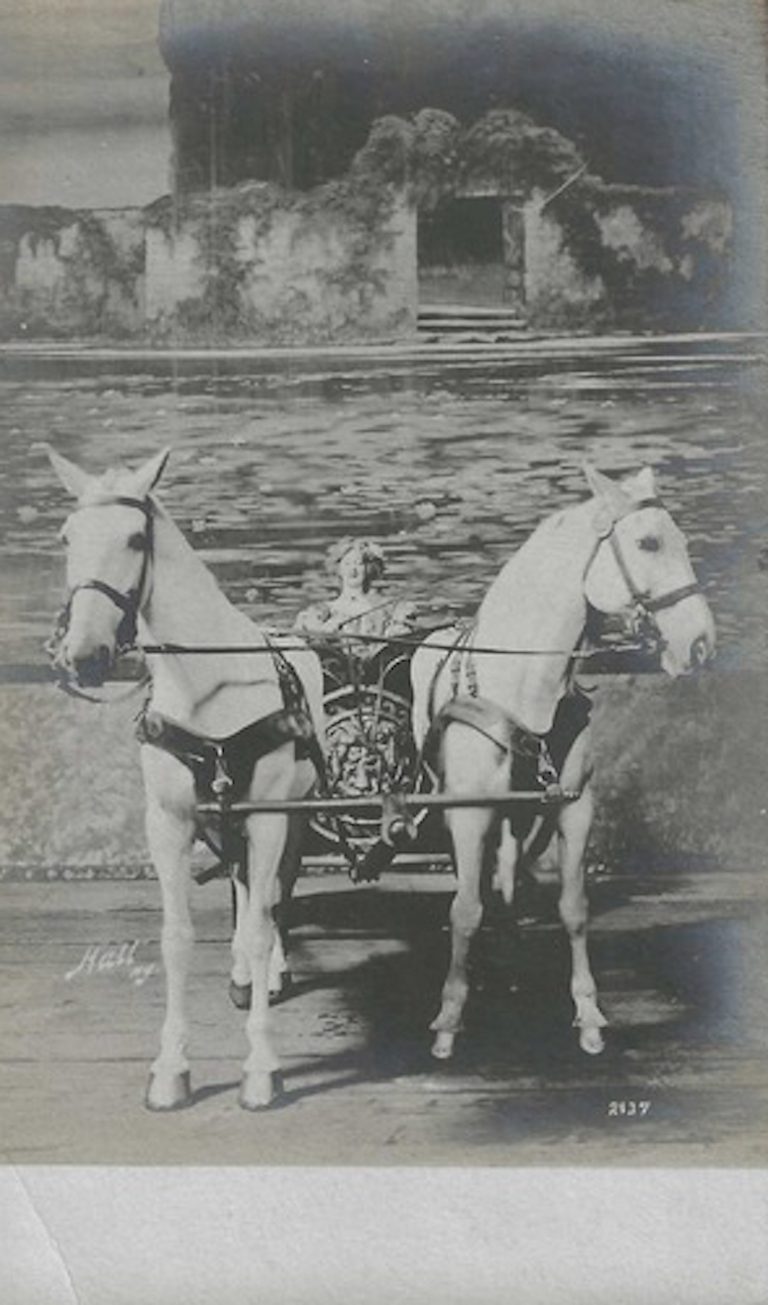
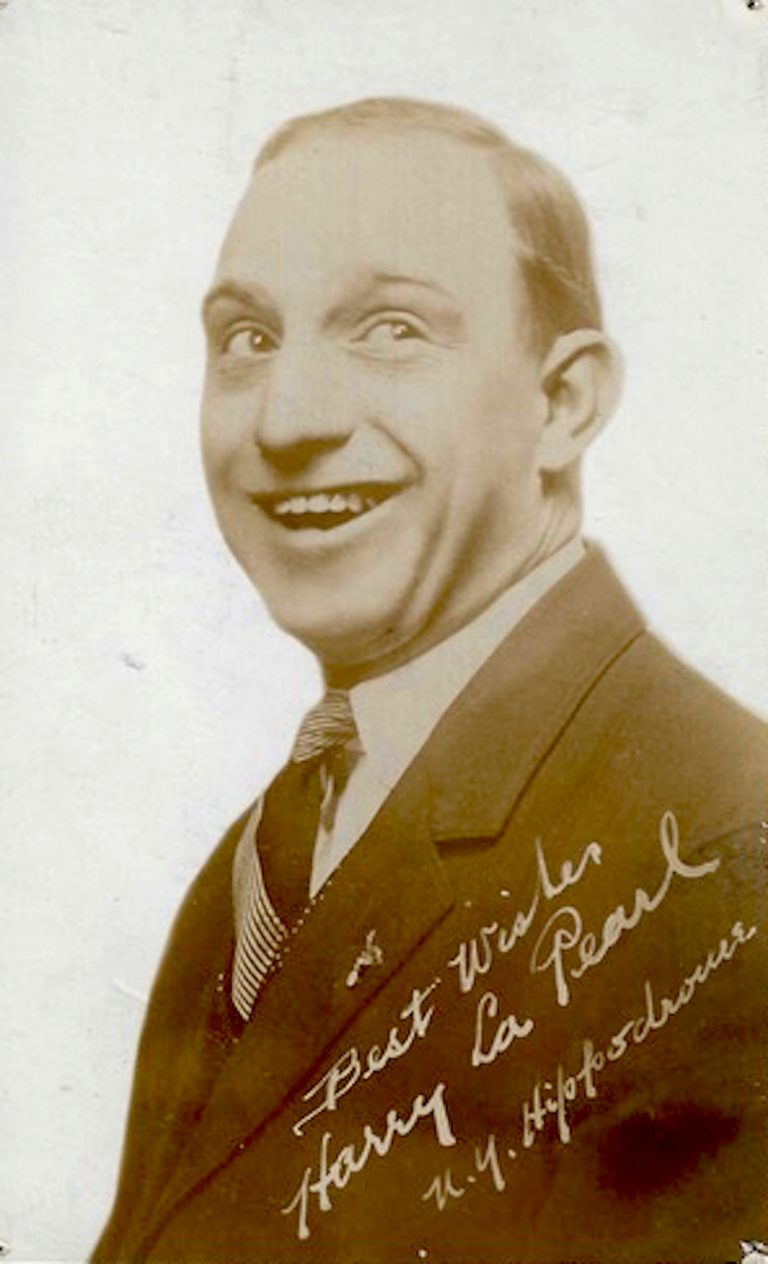
Moreover, its location at 6th Avenue between 43rd and 44th Streets became a disadvantage as more sumptuous and stylish movie palaces began to spread along Broadway.
Charles Dillingham’s production of Better Times played 405 shows in 1922-23. The striking postcards issued to promote the show describe it as: “The spectacle comprises 16 scenes, ranging from grand opera to circus, employing 200 specialty artists, a ballet of 300, an ensemble of 500, 100 divers and 100 trained animals and 600 non-performers.
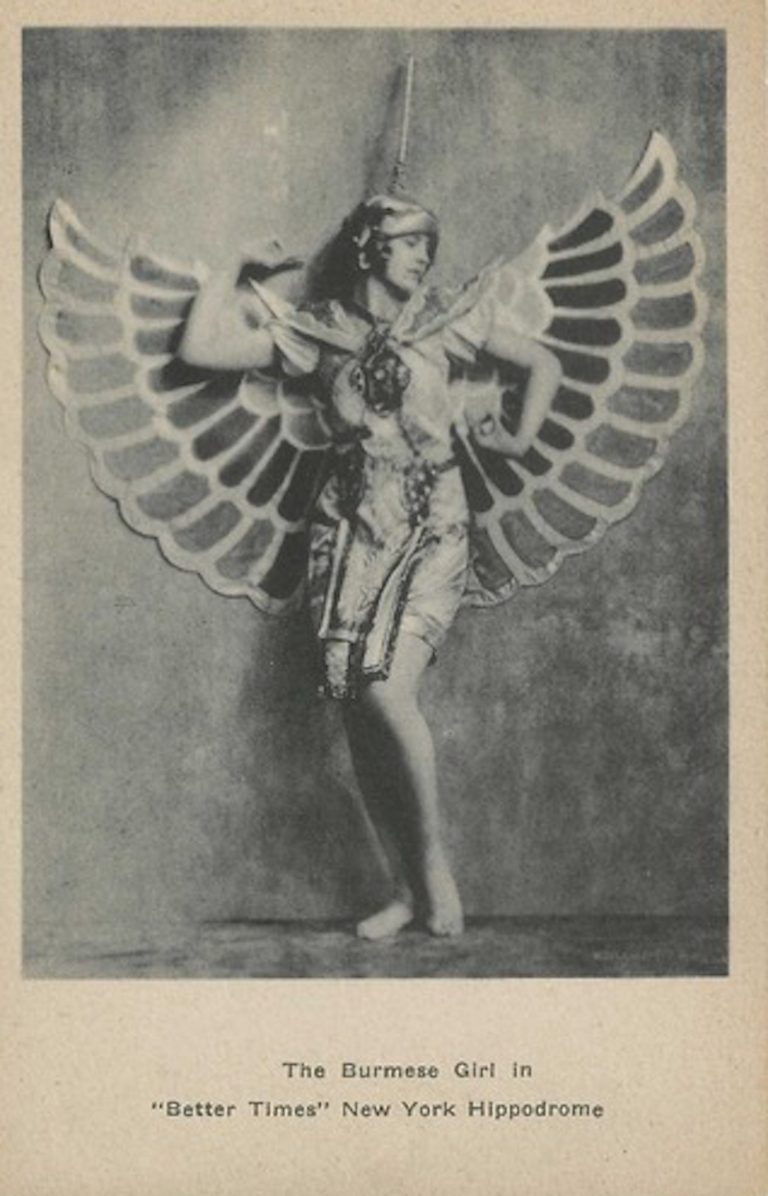
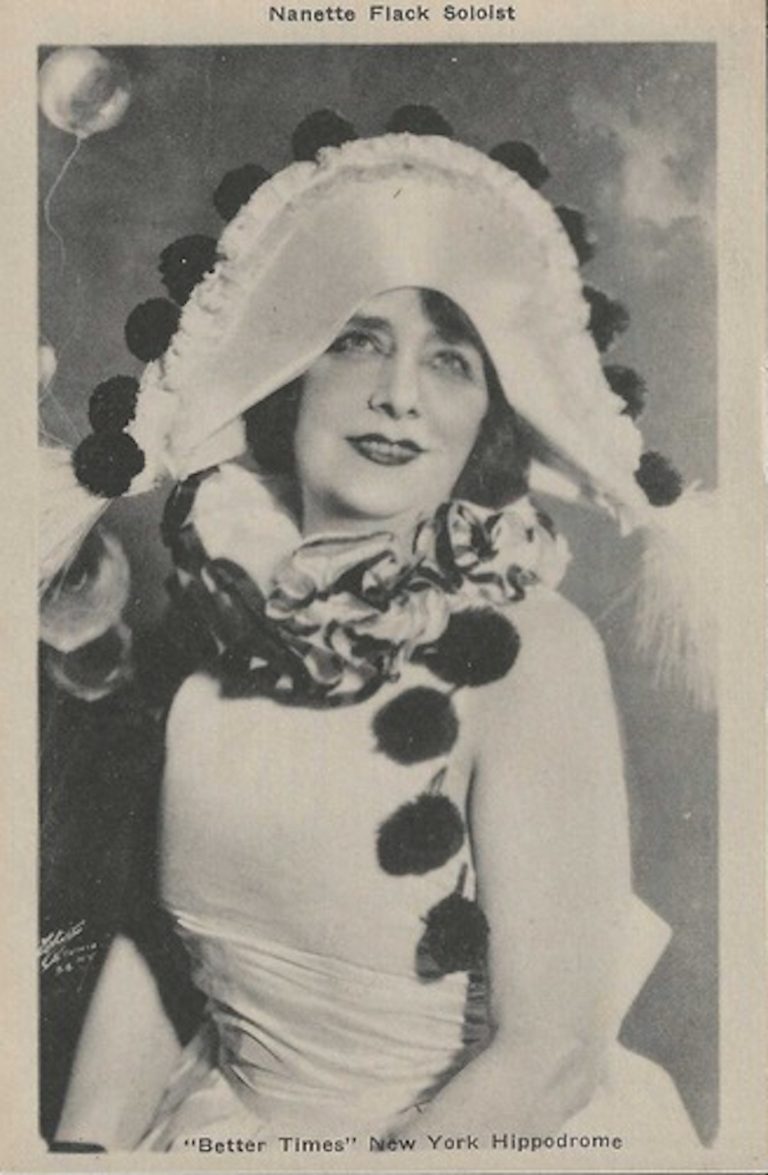
Unfortunately, that program’s conclusion seemed to signal the venue’s rapid demise.
Following a run of Jumbo with music by Richard Rogers and Lorenz Hart, produced in 1935-36 by impresario Billy Rose – who would soon thereafter achieve massive fame at his Aquacade water shows at the 1939 New York World’s Fair – the theater slid into further decline and was demolished in 1939.
A relatively non-descript office tower built in its place preserves the name but retains none of the Hippodrome’s extravagance. The building’s massive parking garage is one of those go-to places for New Yorkers seeking business or entertainment in midtown Manhattan. It’s nostalgic but sad to see those receipts that say, “Thanks for parking at the Hippodrome.”
Extraordinary collection of rare cards of this theater. In noting that the building was replaced, when now passing by, look into the lobby and on the street-facing wall look for the two enormous postcard images of the building as it was back in the day. They showed their respect to this landmark. Thanks Hy.
I wonder how many people today would have the attention span required to sit through all sixteen scenes of “Better Times”.
So many extremely rare cards!
These cards are WONDERFUL and it is hard to comprehend how massive this theatre was….my goodness. What excellent choices were made to give us an overview of the various performances and acts and events. Super that so many difference postcards were made and used during that time period. JUST SO MASSIVE.